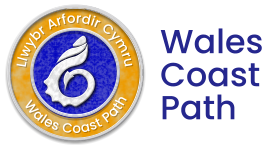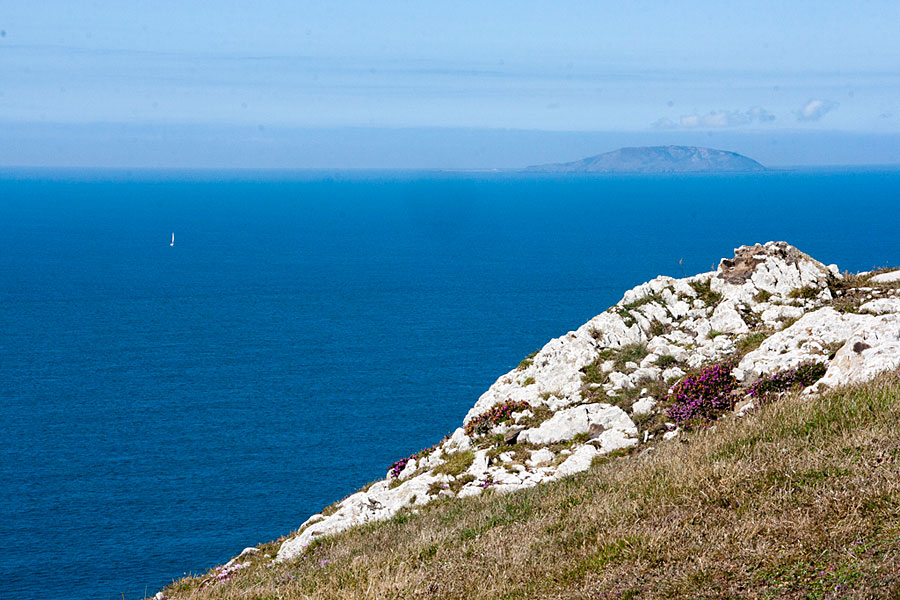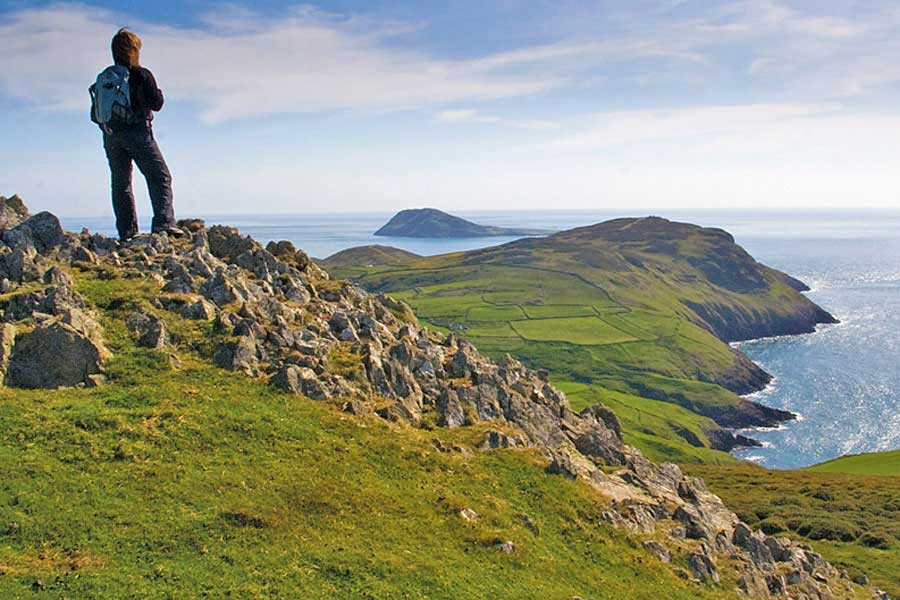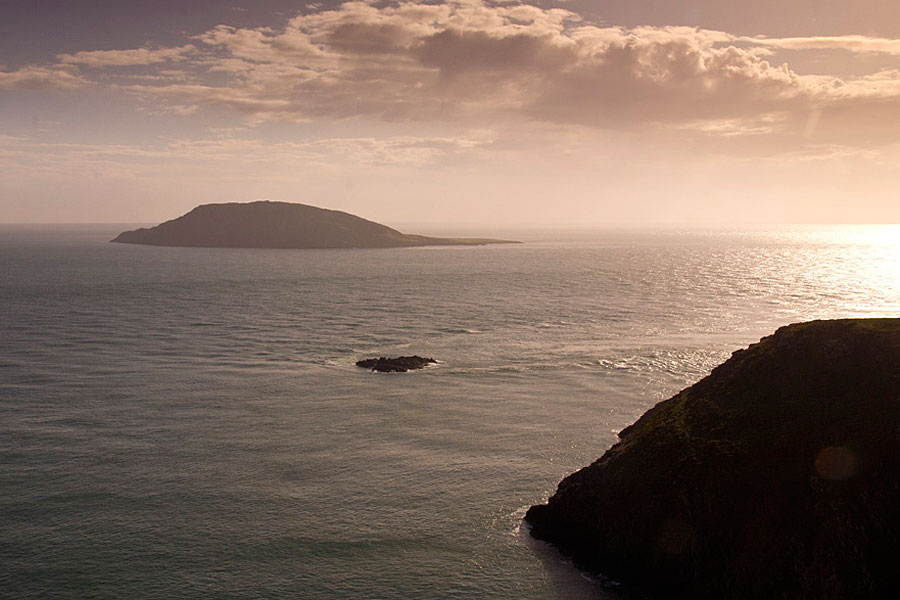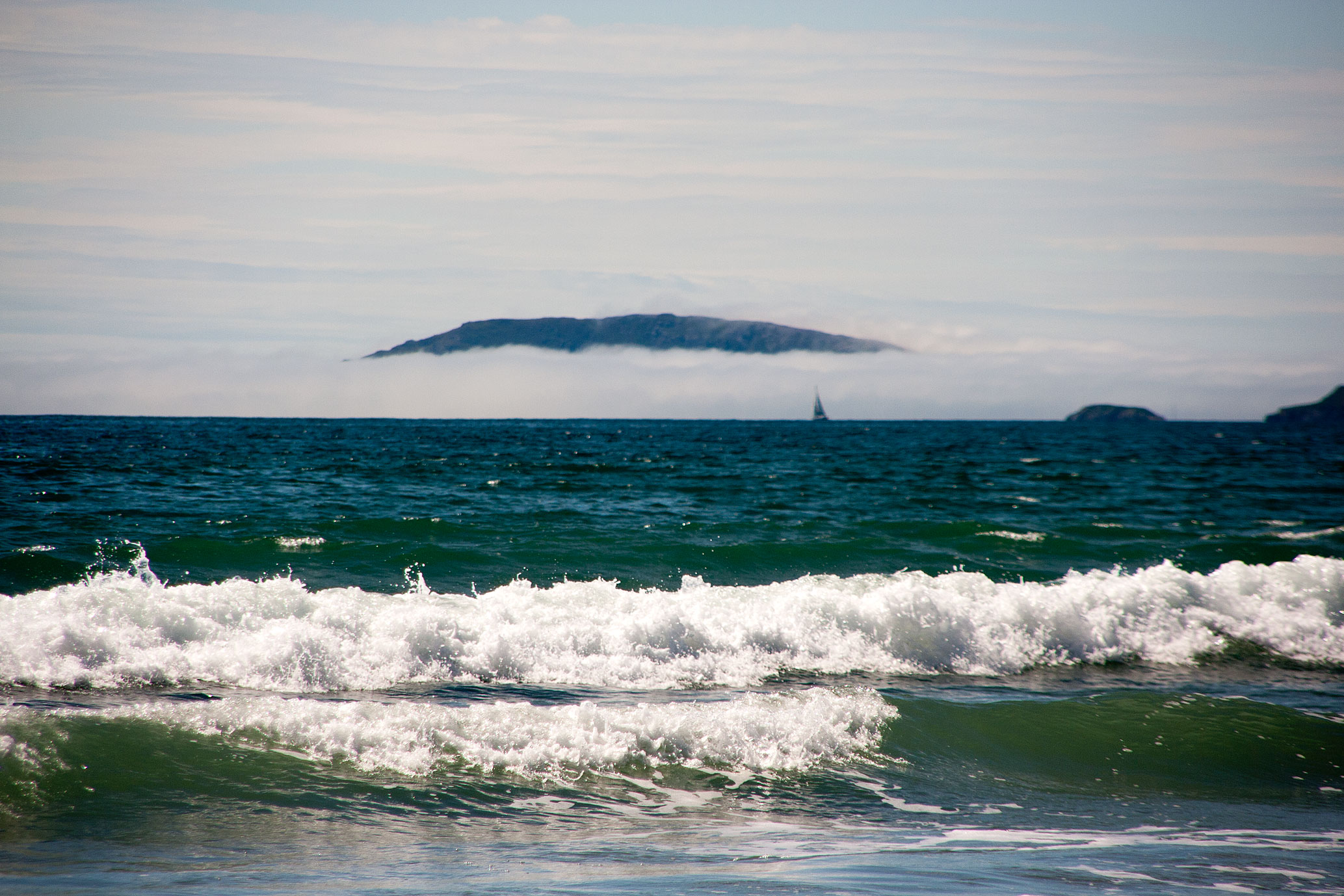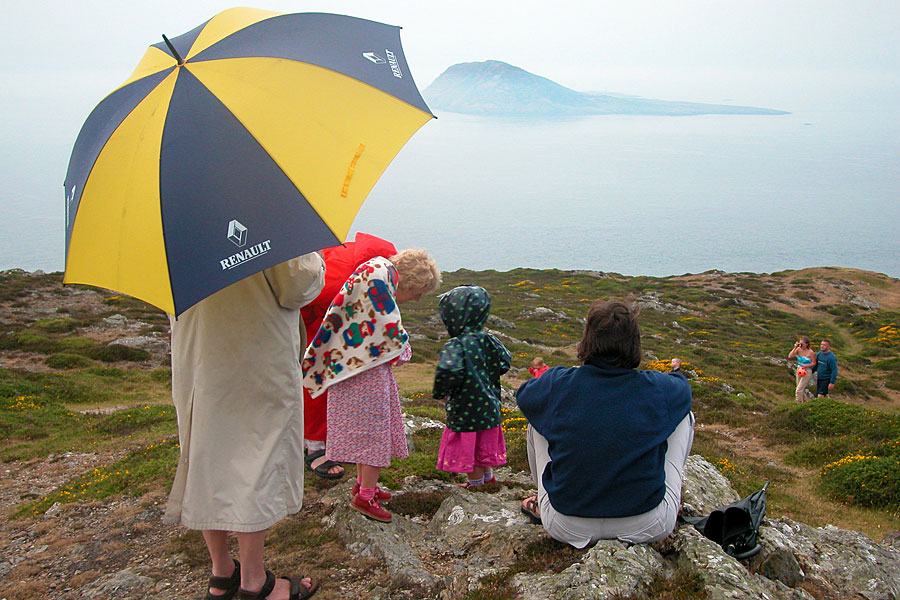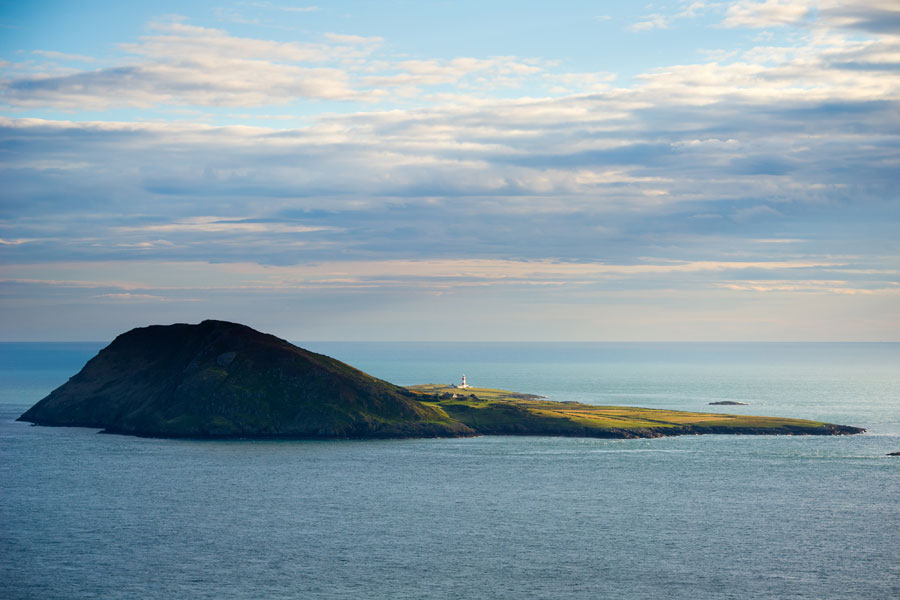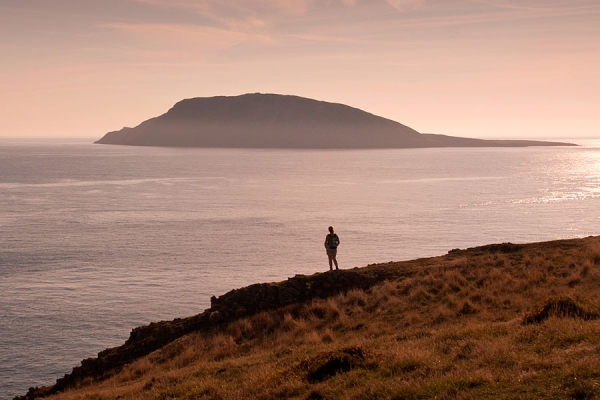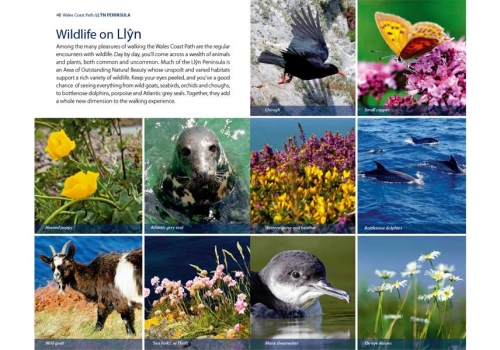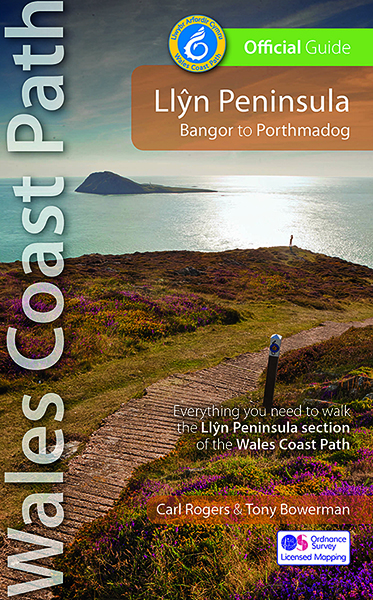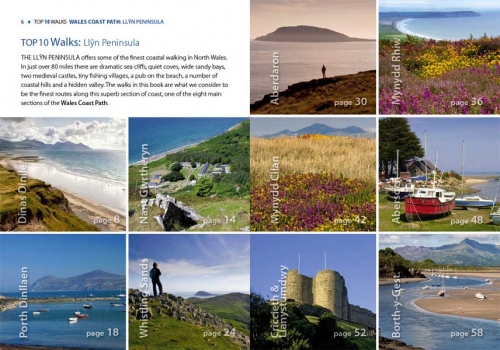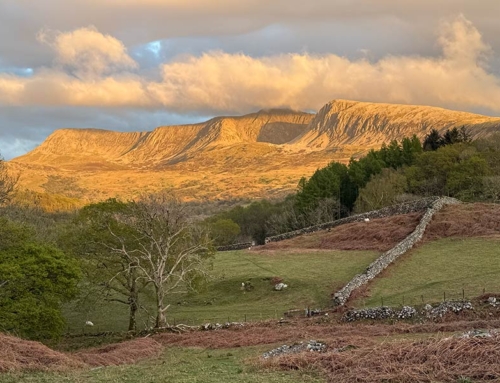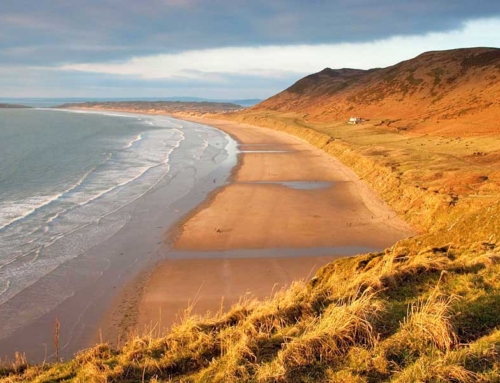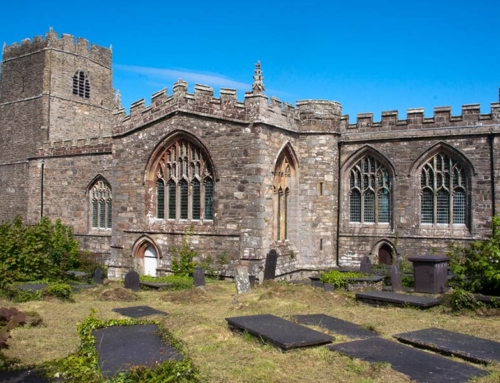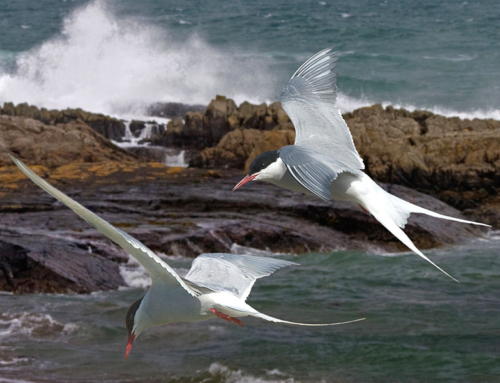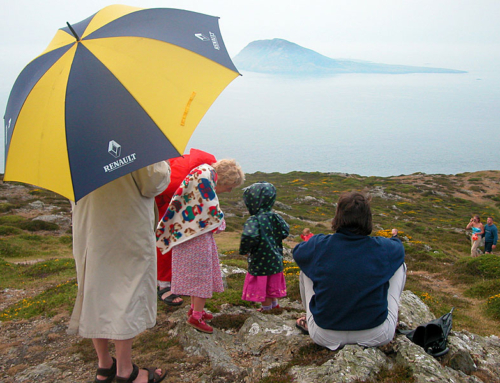Bardsey island, or Ynys Enlli: the Llyn Peninsula’s remote ‘island in the stream’
Medieval pilgrims streamed towards Bardsey, at the tip of the Llyn Peninsula. Today, Tony Bowerman explores the “island of 20,000 saints”
BARDSEY ISLAND, OR YNYS ENLLI, at the western tip of Llŷn, was one of the best known goals for pilgrims in medieval Britain. There had been a monastery on the island for almost a thousand years — from the sixth to the sixteenth century. Like many of the ancient churches on Llŷn, it was part of a distinctive Celtic Christian tradition stretching back to the early Irish missionaries.
Medieval pilgrimage
Several sources confirm Bardsey’s importance as a centre of pilgrimage. Twelfth-century Pope Callixtus II proclaimed that three pilgrimages to Bardsey were equal to one to the holy city of Jerusalem, while the medieval writer and avid recruiter for the Third Crusade, Gerald of Wales, mentioned the huge numbers of pilgrims already heading for Bardsey in 1188.
So priketh hem nature in hir corages, Than longen folk to go on pilgrimages.
— ‘Canterbury Tales’, 14th century
Coastal routes
Many of those making the long and arduous journey came from all over Britain. They were hoping for a miracle cure or, at worst, to die either on Bardsey or on the way there. Hospices and even hospice fields (where the sick and dying could be cared for by local people for a fee) sprang up near many of the churches. Most pilgrims believed that to die on Bardsey, or on en route, guaranteed them a place in Heaven.
Two Pilgrim Paths headed for Bardsey along the length of Llŷn. One traced the north coast and the other, the south coast. Walkers and modern pilgrims can still follow both routes today, stopping off at churches, crosses, holy wells and other ancient sites along the way. Most are either actually on or within easy walking distance of the Wales Coast Path. Pilgrims on the northern route gathered as far away as Bangor Cathedral but most started from St Beuno’s church at Clynnog Fawr. The next stop was St Aelhaearn’s church at Llanaelhaearn, followed by isolated St Beuno’s church perched above the sea at Pistyll, and the double- naved St Gwynhoedl’s church at Llangwnnadl. The final church and resting place for pilgrims before the perilous crossing to Bardsey itself was St Hywyn’s at Aberdaron.
Pilgrims on the southern route mustered at the ancient twin chambered healing well at St Cybi’s Well, inland from Criccieth. The next stop was St Cawrdraf ’s church at Abererch, near Pwllheli. Then came the simple coastal chapel of St Pedrog’s, at Llanbedrog, followed by St Einion’s at Llanengan, not far inland behind Porth Neigwl (or Hell’s Mouth). As on the northern route, the final church on the Pilgrims’ Path to Bardsey was St Hywyn’s at Aberdaron.
This article first appeared as an interpretive spread in the Official Guide: Wales Coast Path: Llyn Peninsula and is re-published here with the author’s permission. Copyright © Tony Bowerman 2015. All rights reserved.
Tony Bowerman is a director of Northern Eye Books Ltd, and loves nature and the outdoors. At one time he contributed articles to several national newspapers and magazines. He later worked as an ‘interpretation consultant’ for clients such as the National Trust, Welsh Water, County Councils and Wildlife Trusts. He is a member of the Outdoor Writers and Photographers Guild.
Contact: tony@northerneyebooks.com

